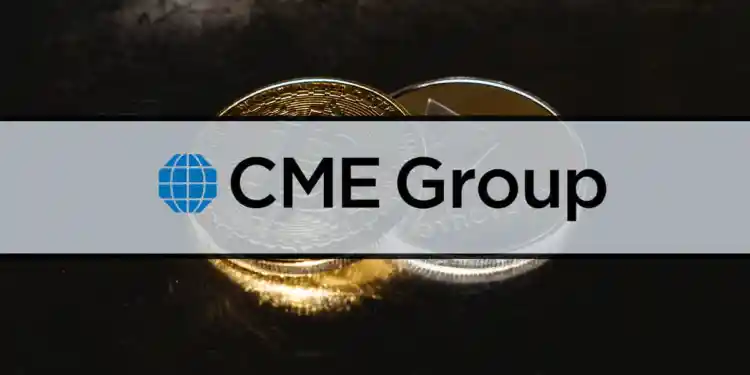Prominent derivatives marketplace Chicago Mercantile Exchange (CME) Group has announced adding daily expirations for Bitcoin (BTC) and Ether (ETH) futures options contracts. Pending regulatory review, the two new additions will have expirations Mondays through Fridays.
Bitcoin and Ether Daily Expiries
According to the official press release, CME Group will offer new expiries for options on Bitcoin and Ether futures, with expirations available every day of the business week starting May 22nd.
Additionally, contracts based on micro-sized Bitcoin and Ether futures will add Tuesday and Thursday expiries to their existing Monday, Wednesday, and Friday.
The company said that the new offerings will complement the existing monthly and quarterly expiries available across all Bitcoin and Ether options on futures contracts.
Commenting on the expansion of its suite of cryptocurrency options, CME Group’s Global Head of Cryptocurrency Products Giovanni Vicioso stated:
“We are pleased to offer these new options contracts to provide market participants with greater precision and versatility in managing short-term bitcoin and ether price risk. Against a backdrop of heightened market volatility in the digital asset sector, we continue to see clients turn to a trusted, regulated venue like CME Group for reliable and efficient cryptocurrency risk management products.”
CME in 2022 and 2023
Despite crypto winter being devastating for many participants, CME witnessed a surge in its crypto derivatives products since November. Its Chairman and CEO, Terrence A. Duffy, recently said that the platform had a notable uptick in trading activity around November and December.
CME Group’s Bitcoin and Ether futures and options complex recorded a daily average notional of over $3 billion through the first quarter of 2023. This essentially indicated an increase in client demand for liquid hedging tools as the broader market went into a recovery mode.
During the same period, the complex achieved 11,500 contracts and open interest, with a record average of 24,094 contracts for Bitcoin futures and options. Latest stats also revealed that Bitcoin options contracts of 2,357 were traded on March 22, while the OI hit 14,700 contracts on March 31.
Furthermore, over 4,600 Ether options contracts have traded since its unveiling last September. It reached another milestone on February 22nd when 311 Ether options contracts traded, in addition to a record OI of 1,800 contracts on March 24th.
























